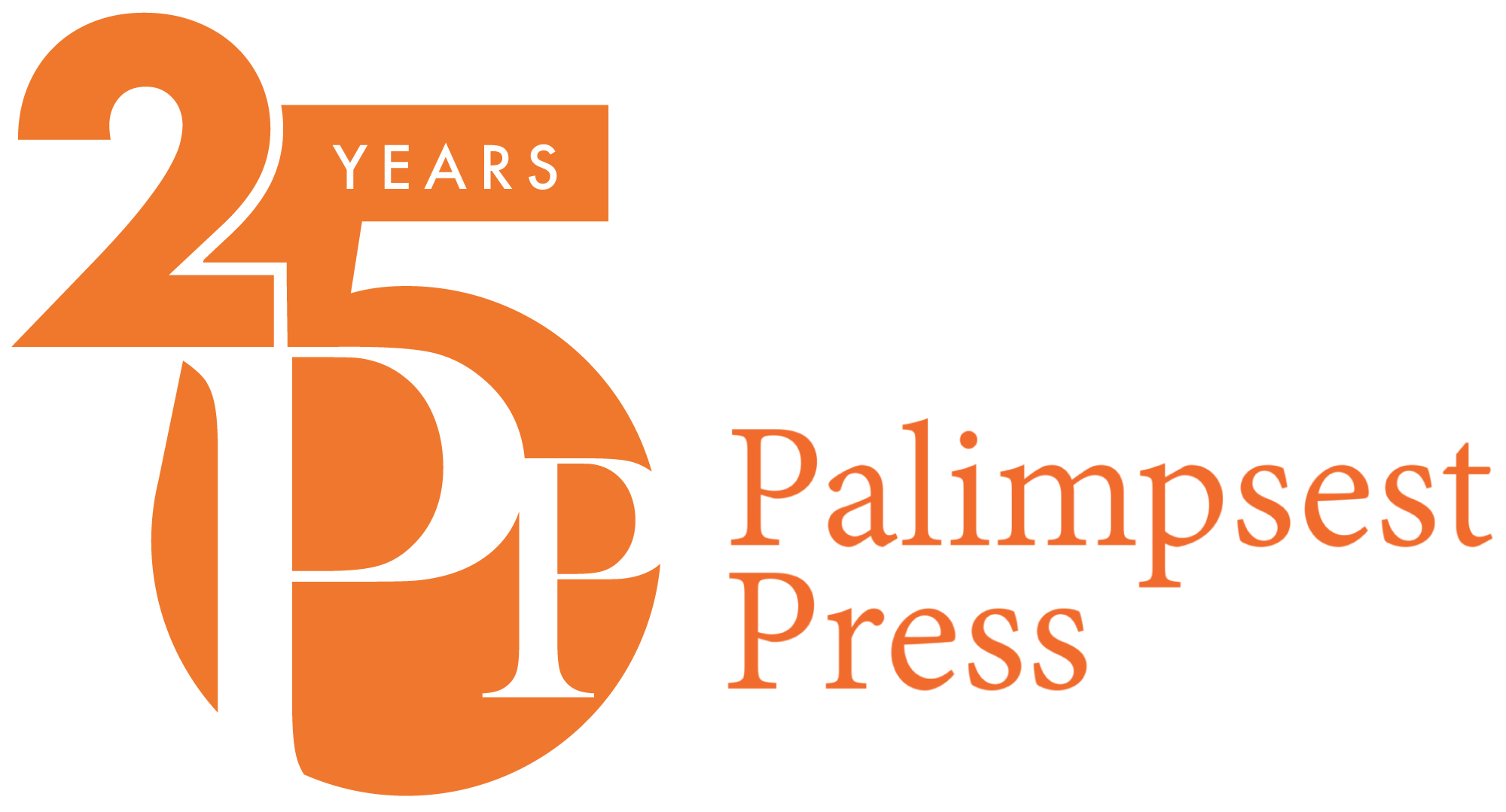There’s a fine origami to the poems in John Nyman’s debut collection, Players. As the collection progresses, poems unfold out of themselves and outward to a larger artifice at work, a bouquet (to steal one of Nyman’s metaphors) that gathers urban dreamscapes and the boundaries of language.
Ranging from lyric to conceptual, the scope of the poems in Players is remarkable—and fun. Do you ever find yourself writing in one mode? How easily do you switch gears, or do you prefer to design a new machine?
If we’re speaking solely about preference, mine definitely leans toward “designing a new machine.” In fact, one of the biggest challenges I face in writing creatively is crafting longer pieces that arc and transform gradually over time. What I love to do is to establish a pattern with great potential for variation and reinvention—this could be anything from a lyric voice to a rhythmic scheme to a conceptual outline—and try to pick out its most exciting moments. This is the main strategy behind many of my sequence poems, of which there are several in Players.
At the same time, I occasionally pursue projects that demand a great deal more long-term effort—involving constant revaluation, decision making, and gentle steering or gear shifting. I’m working on a collection now, for instance, that departs quite significantly from the structure of Players. While Players contains poems in a wide variety of styles and on a wide variety of topics, my newest manuscript is composed almost entirely of poems I’ve written for my houseplants.
You’re making some interesting metaphysical arguments in many poems, like in “Safety Card Translation, Emergency Exit A”: “Shake, shake/ stiff, sweat and look!” How do you get into that headspace?
I think there’s something deeply metaphysical about some of the most absurd poetic gestures—like that of “Safety Card Translation,” where I endeavoured to translate an airplane safety card’s bizarre pictographic illustrations back into written words. Another example is the sequence I titled “Epistemologies,” which is really just poetic depictions of the colours red, blue, and yellow. A friend once described these pieces as a parody of traditional colour poems, seeing how I describe yellow through the seemingly incongruous categories of starlight, pertinence, caution, jaundice, and cowardice all in the same short stanza. But what better way is there to describe something as ubiquitous and multifaceted as a colour? I think something similar is true for many of the deeply metaphysical mysteries poetry seems to be so fascinated with.
To answer the question of how I write like this, a lot of it has to do with repeating and estranging the words on the page until reading them starts to feel like entering a trance. Even while the text feels more and more removed from ordinary reality, it’s also developing its own internal logic. Kind of like when someone orders a perfectly customized drink at Starbucks.
Players takes some cues from hip hop. Are the players in the book MCs?
I figured someone would ask me this eventually. In truth, I didn’t intend “players” to refer to any single thing, although the word has a few connotations I find intriguing. One of these is the sense of “player” that’s used to describe MCs (a few of whom are name-dropped in the book) and successful people in general, which I (half-jokingly) hope might lend a kind of glam to my writing. On the other hand, I think the sense of “player” that refers to a manipulative yet irresistible ne’er-do-well is also a pretty apt metaphor for poetry.
Alternatively, the idea of “players” also comes from a tradition of experimental poetry that understands chance encounters, free association, and language games—in other words, “play”—as the epitome of poetic and creative activity. Part of me wondered what would happen if I exposed this sense of “play” (often seen as pure, neutral, or naive, although none of these descriptions are really true) to the vernacular sense of “player.”
Either way, I guess it’s the poems themselves that are the book’s “players”: each enters the poetic arena with its own look, its own voice, and its own moves.
You’re currently completing a PhD in Theory and Criticism. Do you find that some poems borrow from your academic work, and vice versa?
Yes and no. On one hand, since I can’t help but write in a way that reflects my own voice and way of understanding of the world—everything I do contains bits of poetic and academic writing and thinking. I’ve also been interested in the genre of the poetic essay, especially after reading Phil Hall’s Killdeer (which, I should add, is quite brilliant, somehow combining deeply personal experiential writing with astoundingly erudite criticism and ideas), and even attempted to write some of myself in the “essays” at the back of Players.
On the other hand, I’m also invested in keeping my poetic and academic writing separate, at least some of the time. Often, instead of trying to make yourself responsible for fulfilling the criteria of two or more genres, it is better to explore the nearly infinite possibilities contained in just one. I also think that when I consider poetic and academic work to be separate things, the crossover between them can be even stronger—precisely because I’m not immediately aware of it.
Many writers are asked which books they would take to a desert island; in all seriousness, which poetry books would you take to a dessert island? Yes, dessert.
I imagine books that offer an exquisite pleasure, that satisfy a dark craving, and whose pages are (or should be) worn enough that a few chocolate and coffee stains wouldn’t be out of place. For me these are probably Christian Bök’s Eunoia, Tom Phillips’s A Humument, and Erin Moure’s translation of Pessoa, Sheep’s Vigil by a Fervent Person.
John launches Players in London, Ontario, on April 28—don’t miss it!
